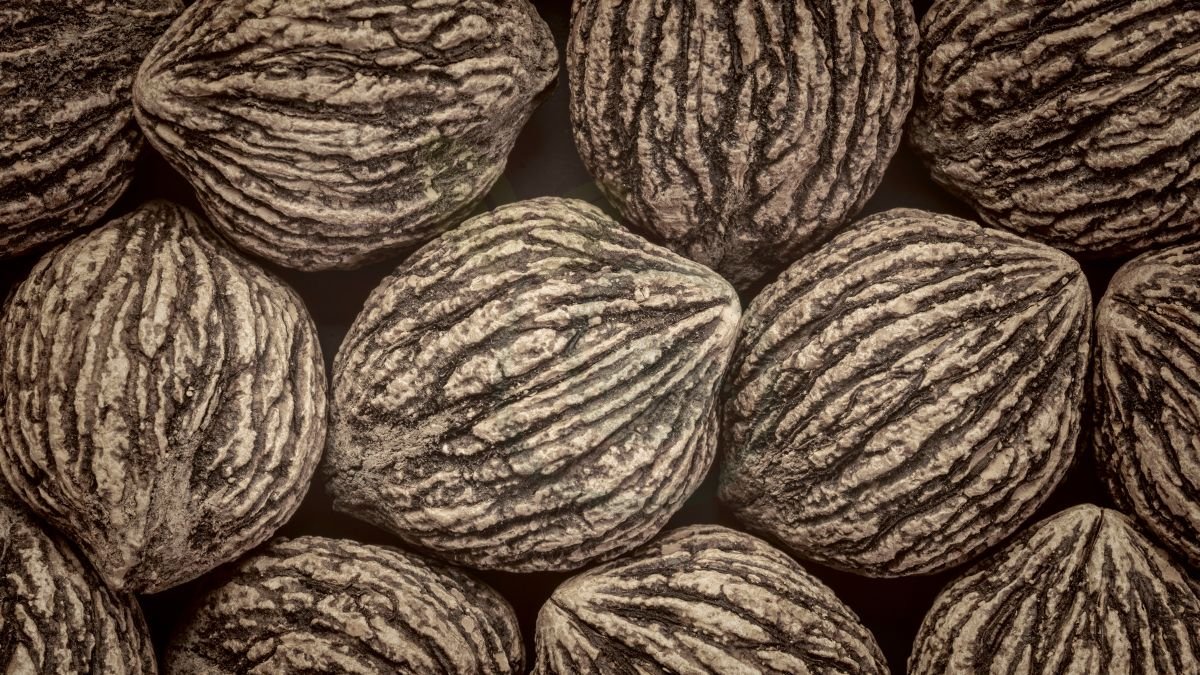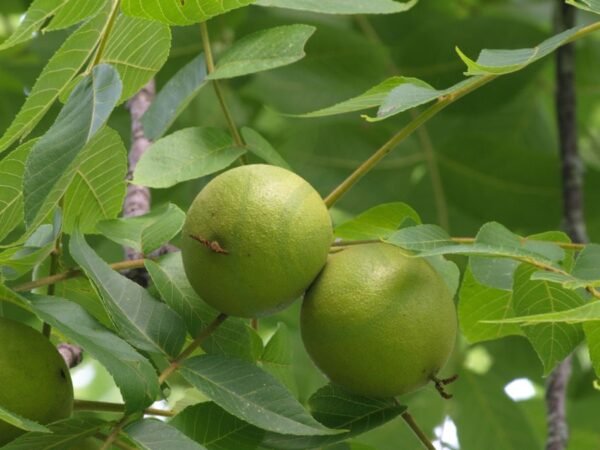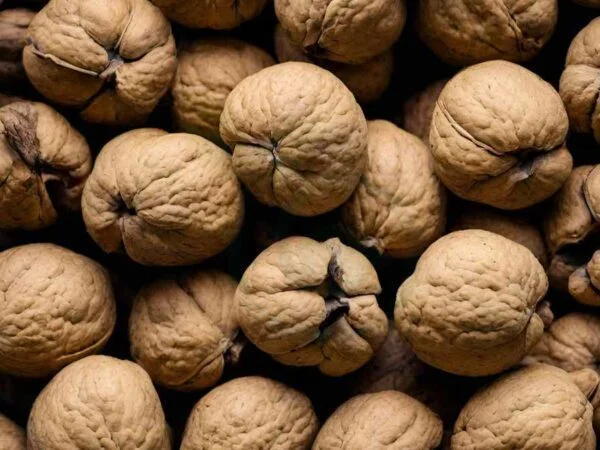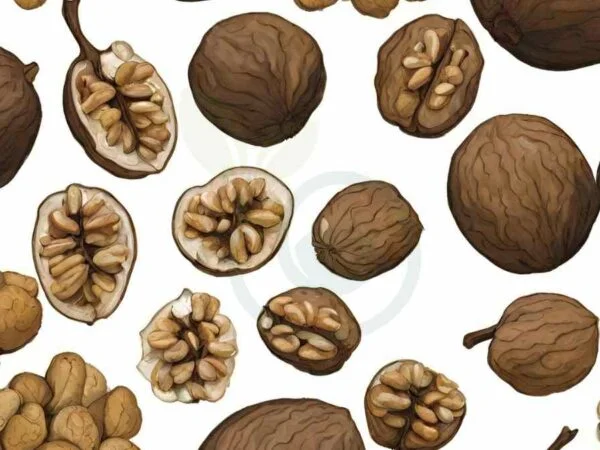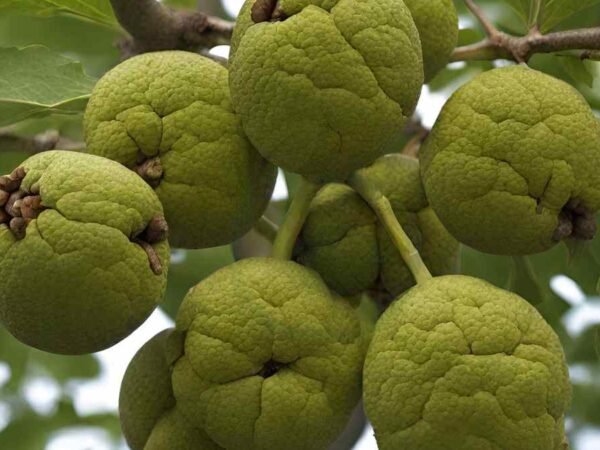Did you know that black walnut tincture, made from young walnuts, is a potent plant medicine with various health benefits and high in tannins? From its antifungal properties to immune system support, making your own black walnut tincture can be a game-changer. In this guide, we will walk you through the simple steps to create your homemade black walnut tincture, a plant medicine herbal remedy using young walnuts, allowing you to harness its powerful healing properties right at home.
Key Takeaways
- Harvest Black Walnuts: Gather ripe black walnuts in the fall when they are ready for tincture preparation.
- Follow Tincture Guidelines: Understand the tincture-making process and the ingredients required for a successful outcome.
- Strain Carefully: Filter the plant medicine properly to ensure a clean and potent final product.
- Utilize Tincture Benefits: Explore the various uses and advantages of black walnut tincture for health and wellness.
- Dosage Awareness: Adhere to recommended medicine dosage guidelines to maximize benefits, use time, and avoid adverse effects.
- Consider Alternatives: Explore other options for incorporating black walnuts into your daily routine for health benefits.
Preparing for Harvest
Protective Gear
When preparing to harvest black walnuts, wear gloves and an apron to shield your hands and clothes from stains. Use safety goggles to safeguard your eyes from potential irritation. Consider using a mask to prevent inhaling any dust or particles.
Harvest Timing
To ensure the best tincture results, pick black walnuts with soft green hulls that are easy to pierce with your fingernail. Harvest the walnuts in early fall before the hulls harden for optimal potency. Keep an eye on the ground for fallen walnuts, as they may be ripe for harvesting.
Walnut Characteristics
Black walnuts contain juglone and tannins, enhancing their unique flavor and medicinal properties. Their strong aroma will infuse into the tincture during soaking. Be cautious as black walnuts can stain surfaces due to natural pigments.
Harvesting Black Walnuts
Selecting Walnuts
- Choose fresh black walnuts with green hulls for the most potent tincture.
- Inspect for mold or damage on the young walnuts before starting.
- Opt for whole black walnuts to maximize extraction of beneficial compounds.
Storage Tips
- Store the black walnut tincture in a cool, dark area for potency.
- Keep away from sunlight to prevent medicinal property degradation.
- Label and date bottles for easy identification and tracking.
Understanding Tinctures
Tincture Basics
Tinctures involve soaking walnuts in alcohol or vinegar for weeks to create potent herbal extracts. These concentrated remedies are popular for their medicinal properties and easy consumption. Tinctures offer a simple yet powerful way to harness the benefits of herbs conveniently.
Alcohol vs Vinegar
Alcohol and vinegar serve as solvents for black walnut tinctures, each imparting distinct flavors. Consider the alcohol content when selecting a base for your tincture. The choice between alcohol and vinegar affects taste and shelf life of the tincture.
Ingredients Needed
Walnut Selection
Select high-quality black walnuts with green hulls for a potent tincture. Using fresh walnuts is crucial to extract beneficial compounds effectively. The quality of walnuts significantly impacts the flavor and effectiveness of the tincture.
Solvent Choices
Explore various solvent options like vodka, apple cider vinegar, and glycerin for making black walnut tinctures. Solvents play a vital role in extracting the medicinal properties of black walnuts for tincture preparation. Consider factors such as taste, shelf life, and personal preferences when choosing the solvent for your tincture.
Making the Tincture
Mixing Ingredients
To kickstart the tincture-making process, combine fresh black walnuts with your chosen solvent in a glass jar. Ensure full submersion of the walnuts to extract their medicinal properties effectively. Shake the jar daily to facilitate infusion and enhance flavor.
Duration and Storage
Avoiding Contamination
- Use clean jars, utensils, and storage containers to prevent contamination.
- Maintain a dust-free area for purity of the final product.
- Practice good hygiene to minimize harmful bacteria introduction.
Labeling Tips
- Label bottles with ingredients, preparation date, and expiration date.
- Include additional notes or warnings for user information.
- Utilize waterproof labels for long-lasting legibility.
Straining Process
Equipment Needed
Before straining the black walnut tincture, ensure you have essential equipment ready. Gather glass jars, a strainer, tincture bottles, and labels. Create an organized workspace with all tools accessible for efficiency. A funnel can help transfer the tincture into bottles neatly.
Step-by-Step Guide
To make a potent black walnut tincture, follow a detailed guide starting from selecting fresh walnuts. Each step is crucial; accuracy and sequence are key to a high-quality result. Detailed instructions on soaking, straining, and bottling prevent errors and guarantee a successful outcome.
Uses and Benefits
Medicinal Properties
Black walnuts possess anti-inflammatory and antioxidant effects, contributing to overall health and well-being. These properties can aid in reducing inflammation in the body.
Consuming black walnut tinctures may lead to improved digestion and provide support for the immune system. The tinctures offer a natural way to boost your health and wellness.
Traditionally, black walnuts have been used in herbal medicine to treat various ailments due to their medicinal properties. They are valued for their potential to address different health issues effectively.
External Applications
Black walnut tinctures can be applied externally, especially for treating skin conditions and infections. Their properties make them effective in promoting skin health.
The antimicrobial and antifungal characteristics of black walnuts make them ideal for external use, offering a natural solution for skin problems.
Incorporating black walnut tinctures into homemade skincare products can enhance the products' effectiveness due to the natural healing properties of black walnuts.
Dosage Guidelines
Calculating Dosages
Determining the appropriate dosage of black walnut tincture is crucial. Factors such as age, weight, and specific health needs play a role. It's vital to consult a healthcare professional or herbalist for personalized guidance. Start with a low dose, gradually increasing while monitoring for side effects.
Safety Precautions
When working with black walnuts, prioritize safety precautions. Wear protective gear to prevent skin and eye contact. Store tinctures in a secure place away from children and pets to avoid accidental ingestion. Be vigilant for allergic reactions and discontinue use if any adverse effects surface.
Alternative Options
Purchasing Tips
When buying ingredients for black walnut tinctures, opt for fresh black walnuts with green hulls from trusted sources. Prioritize organic or wild-harvested options for purity. Compare prices and reviews before purchasing.
DIY Alternatives
Experiment with various methods to create homemade black walnut tinctures. Customize flavors and potency by adjusting recipes. Research complementary herbal tinctures for added health benefits and flavor enhancements.
Closing Thoughts
In mastering the art of crafting black walnut tincture, you've unlocked a natural powerhouse packed with benefits for your well-being. From the careful harvest to the precise dosage, every step contributes to a potent elixir that can aid digestion, soothe skin conditions, and boost your overall health. By understanding the process and embracing the power of this homemade remedy, you're taking control of your health in a sustainable and empowering way.
Now that you're equipped with the knowledge and steps to create your black walnut tincture, why not gather your supplies and embark on this enriching journey? Share your experience with others, and together, let's embrace the wonders of natural remedies for a healthier lifestyle.
Frequently Asked Questions
How do I prepare for harvesting black walnuts?
To prepare for harvesting black walnuts, follow these steps:
- Check the ripeness of the walnuts by pressing your thumbnail into the outer husk.
- Wear gloves to protect your hands from staining.
- Prepare a collection basket or bag for gathering the harvested walnuts.
Can you explain the process of making black walnut tincture?
The process involves:
- Harvesting ripe black walnuts
- Washing and chopping the nuts
- Placing them in a jar with alcohol
- Allowing the mixture to sit for several weeks
- Straining the liquid to obtain the tincture
What are some uses and benefits of black walnut tincture?
Black walnut tincture is known for its:
- Antifungal properties
- Anti-parasitic effects
- Potential as a natural remedy for skin conditions like eczema and acne
How should I determine the dosage guidelines for black walnut tincture?
Dosage guidelines vary depending on factors like age, weight, and health condition. It's recommended to start with a small amount and gradually increase while monitoring any adverse reactions. Consult a healthcare professional for personalized advice.
Are there alternative options to making black walnut tincture?
Yes, some alternatives include:
- Purchasing pre-made black walnut tinctures from reputable sources
- Using other herbal remedies with similar properties, such as clove or oregano oil
Image Source: Paid image from CANVA

